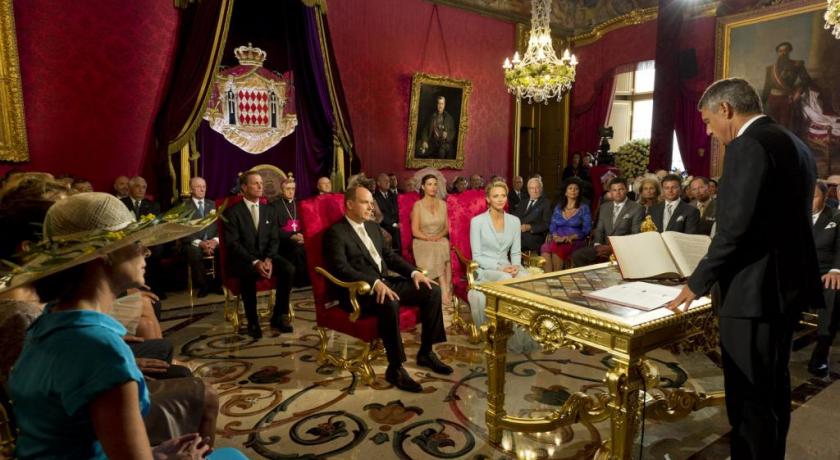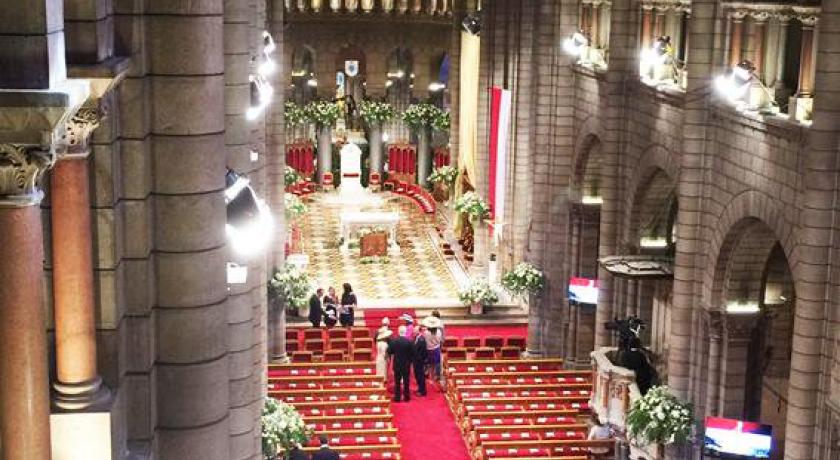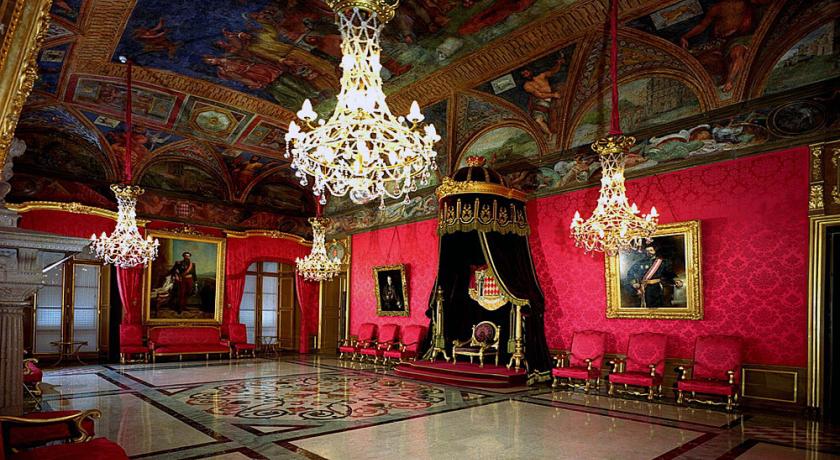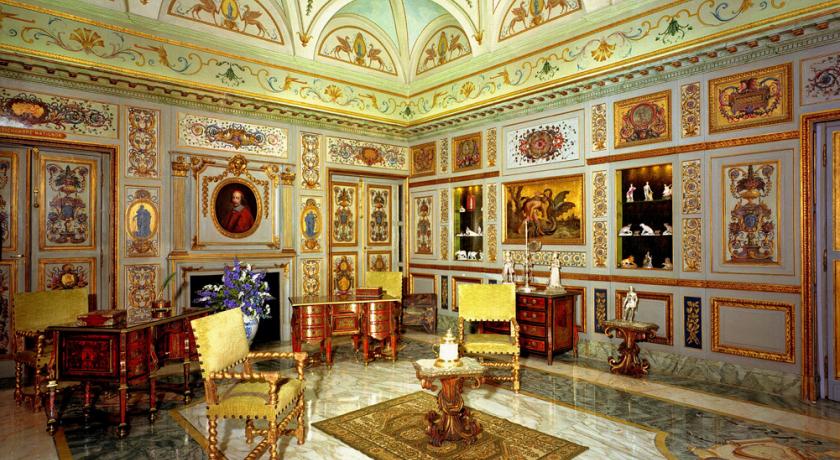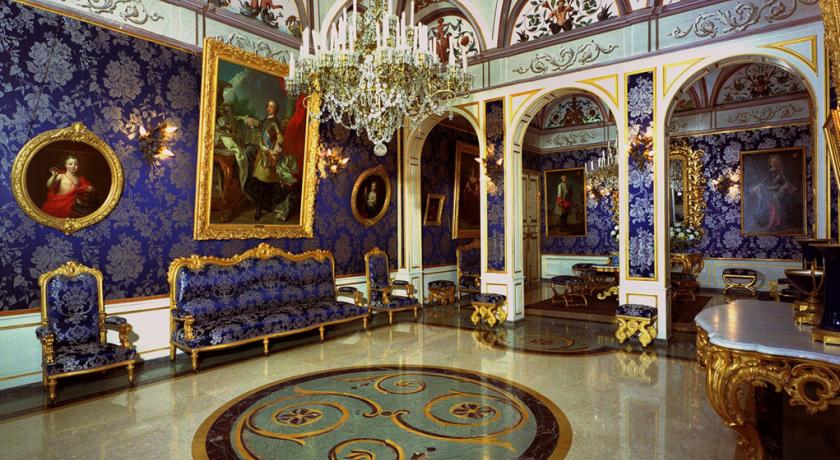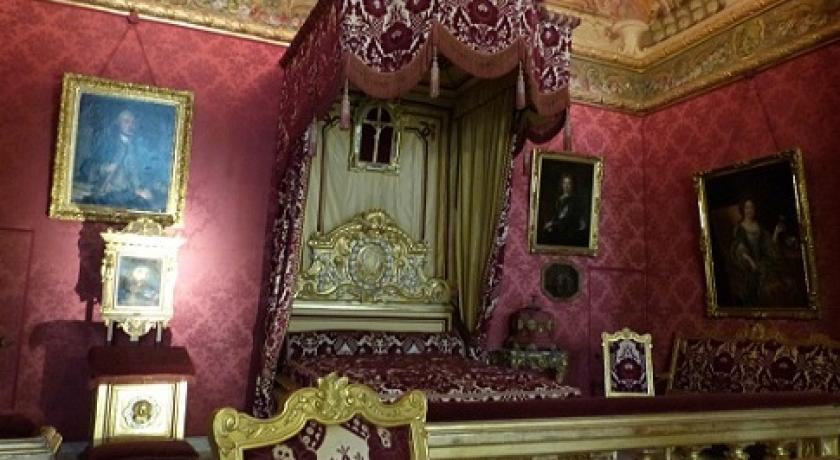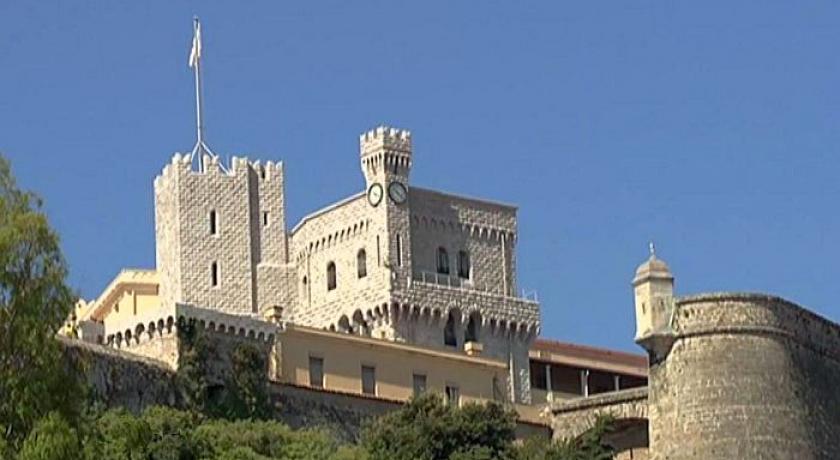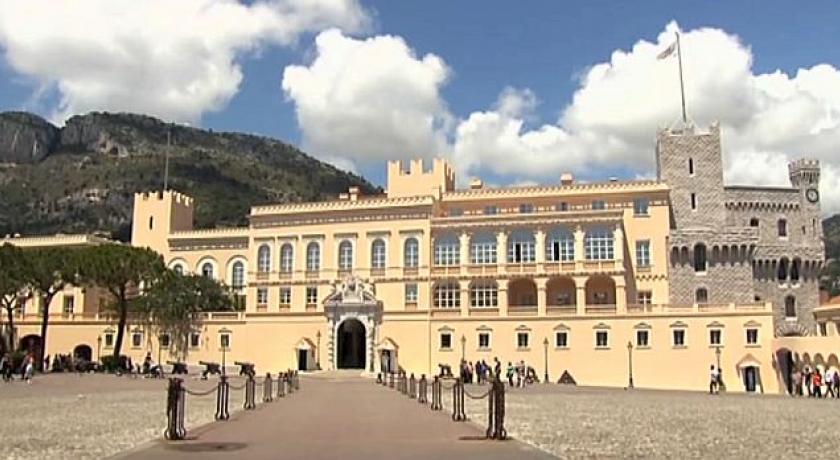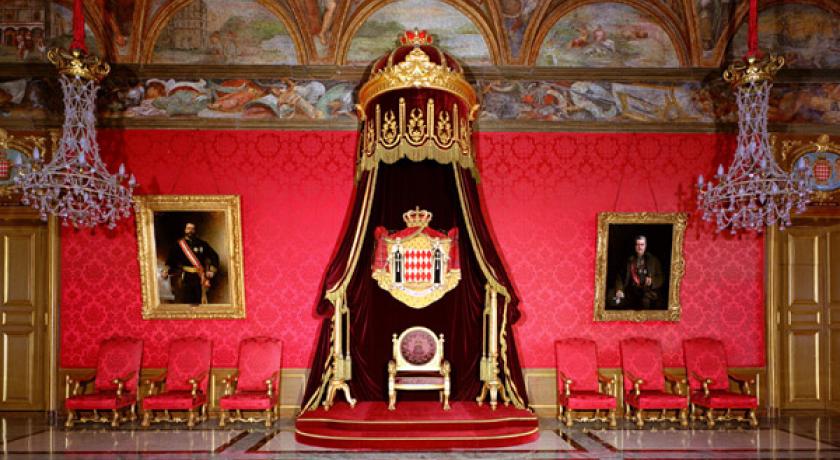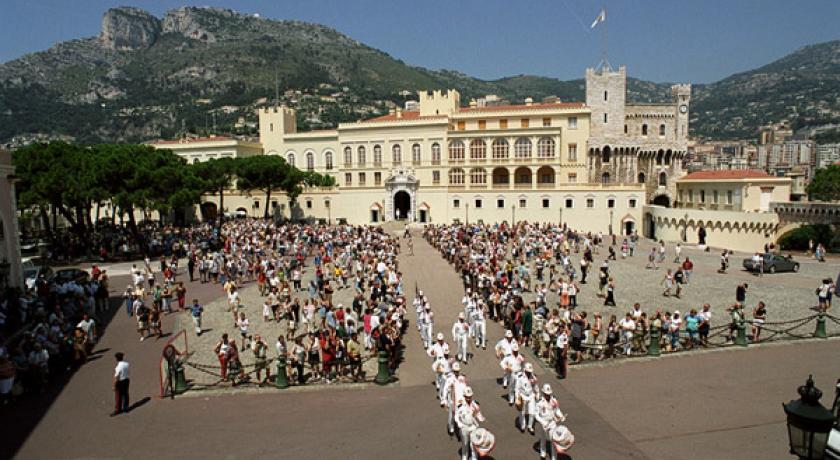Description
The Prince's Palace of Monaco is the official residence of the Sovereign Prince of Monaco. Built in 1191 as a Genoesefortress, during its long and often dramatic history it has been bombarded and besieged by many foreign powers. Since the end of the 13th century, it has been the stronghold and home of the Grimaldi family who first captured it in 1297. The Grimaldi ruled the area first as feudal lords, and from the 17th century as sovereign princes, but their power was often derived from fragile agreements with their larger and stronger neighbours.
Thus while other European sovereigns were building luxurious, modern Renaissance and Baroque palaces, politics and common sense demanded that the palace of the Monegasque rulers be fortified. This unique requirement, at such a late stage in history, has made the palace at Monaco one of the most unusual in Europe. Indeed, when its fortifications were finally relaxed during the late 18th century, it was seized by the French and stripped of its treasures, and fell into decline, while the Grimaldi were exiled for over 20 years.
The Grimaldi's occupation of their palace is also unusual because, unlike other European ruling families, the absence of alternative palaces and land shortages have resulted in their use of the same residence for more than seven centuries. Thus, their fortunes and politics are directly reflected in the evolution of the palace. Whereas the Romanovs, Bourbons, and Habsburgs could, and frequently did, build completely new palaces, the most the Grimaldi could achieve when enjoying good fortune, or desirous of change, was to build a new tower or wing, or, as they did more frequently, rebuild an existing part of the palace. Thus, the Prince's Palace reflects the history not only of Monaco, but of the family which in 1997 celebrated 700 years of rule from the same palace.
During the 19th and early 20th centuries, the palace and its owners became symbols of the slightly risqué glamour and decadence that were associated with Monte Carlo and the French Riviera. Glamour and theatricality became reality when the American film star Grace Kelly became chatelaine of the palace in 1956. In the 21st century, the palace remains the residence of the current Prince of Monaco.
The palace in the 21st century
Today the palace is home to Prince Rainier's son and successor, Prince Albert II. The state rooms are open to the public during the summer, and since 1960, the palace's courtyard has been the setting for open-air concerts given by Monte-Carlo Philharmonic Orchestra (formerly known as the Orchestra of the National Opera).
However, the palace is far more than a tourist attraction and museum: it remains a fully working palace and headquarters of the Monégasque ruler, a fact emphasised by the sentries on constant guard duty at the entrance (Illustration 17). The sovereign princes, although bound by constitution, are involved with the day-to-day running of Monaco as both a country and a business. Today Monaco covers an area of 197 hectares (487 acres) of which 40 hectares (99 acres) have been reclaimed from the sea since 1980.
For important Monégasque events—such as Grimaldi weddings and births—the palace courtyard is opened and the assembled citizens of Monaco are addressed by the prince from the Gallery of Hercules overlooking the courtyard. The courtyard is also used to host the annual children's Christmas party. Through such events, the palace continues to play a central role in the lives of the prince and his subjects, as it has done for over 700 years.
source https://en.wikipedia.org/wiki/Prince%27s_Palace_of_Monaco
Address
Monaco
Monaco
Lat: 43.731475830 - Lng: 7.419862747


